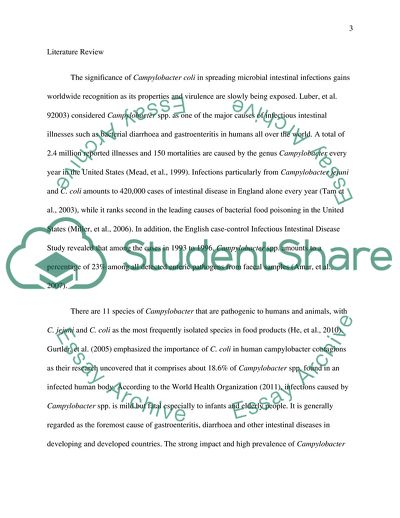Cite this document
(A Study of the Virulence of Campylobacter coli Research Proposal - 2, n.d.)
A Study of the Virulence of Campylobacter coli Research Proposal - 2. https://studentshare.org/health-sciences-medicine/1793677-campylobacter-coli
A Study of the Virulence of Campylobacter coli Research Proposal - 2. https://studentshare.org/health-sciences-medicine/1793677-campylobacter-coli
(A Study of the Virulence of Campylobacter Coli Research Proposal - 2)
A Study of the Virulence of Campylobacter Coli Research Proposal - 2. https://studentshare.org/health-sciences-medicine/1793677-campylobacter-coli.
A Study of the Virulence of Campylobacter Coli Research Proposal - 2. https://studentshare.org/health-sciences-medicine/1793677-campylobacter-coli.
“A Study of the Virulence of Campylobacter Coli Research Proposal - 2”. https://studentshare.org/health-sciences-medicine/1793677-campylobacter-coli.


